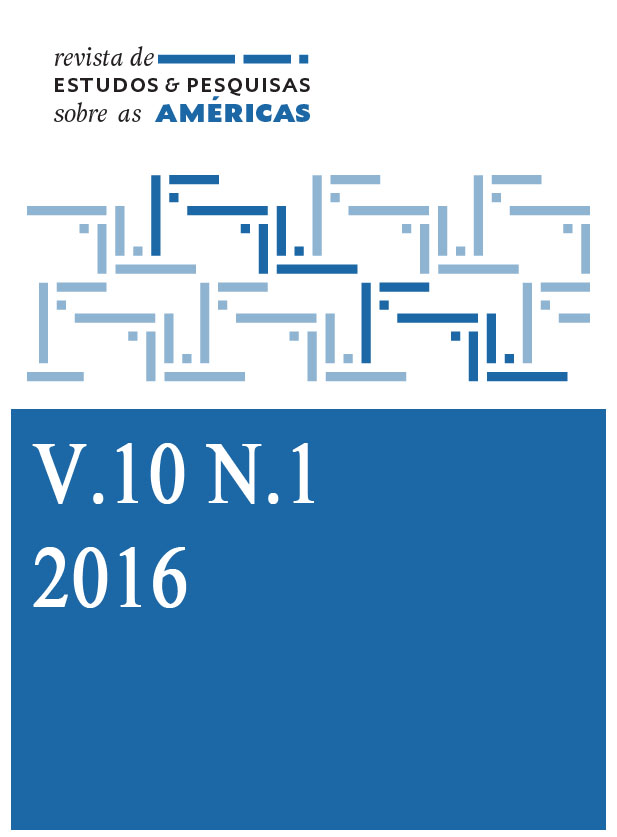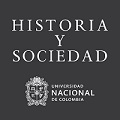Fronteiras entre Judicialidade e não Judicialidade: percepções e contrastes entre a mediação no Rio de Janeiro e em Buenos Aires
Abstract
Resumo:
Este artigo busca descrever e refletir sobre os diferentes usos da mediação de conflitos no Rio de Janeiro e em Buenos Aires a partir da observação empírica de sessões de mediação e entrevistas com atores do campo. No Brasil, a Resolução 125 do CNJ e, recentemente, Código de Processo Civil e a Lei de Mediação, pretendem estimular o emprego desse método no âmbito dos Tribunais. Etnografias realizadas entre 2010 e 2014 evidenciaram que a mediação realizada nos espaços judiciais, geralmente como uma etapa processual, apresenta algumas complexidades. É difícil para as partes litigantes perceberem a distinção entre o processo e a mediação, que se torna mais uma formalidade a cumprir, do que uma forma diferenciada, não-adversarial, de tratamento do conflito, que é a proposta da mediação. Em Buenos Aires, por sua vez, a lei determina que a mediação é etapa obrigatória e prévia ao ajuizamento da ação, além de ser realizada em espaços extrajudiciais. São opções distintas no campo da administração de conflitos. O trabalho diz respeito ao contraste observado entre esses dois modelos de solução de conflitos, que ora se aproximam e ora se afastam.
Palavras-Chave:Â Administração de conflitos; Judiciário; Mediação de conflitos.
 ***
Resumen:
Este artículo tiene como meta describir y reflejar sobre los distintos usos de la mediación de conflictos en las ciudades de Rio de Janeiro y Buenos Aires, desde la observación empírica de las sesiones de    mediación y de entrevistas con los actores del campo. En Brasil, la Resolución n° 125 de CNJ y, recién, el Código de Proceso Civil y la Ley de Mediación, tratan de la mediación en el ámbito de los Tribunales. Etnografías hechas en Brasil, entre 2010 y 2014, apuntan que la mediación hecha en los espacios judiciales, generalmente como una etapa procesal, expone algunas cuestiones complejas. Es difícil para las partes en conflicto percibieren la distinción entre el proceso judicial y la mediación, porque si está hecha dentro de los tribunales, queda más como una etapa del proceso judicial en lugar de mostrarse como una distinta manera de tratamiento del conflicto, como intenta la mediación. En Buenos Aires, por otra parte, la ley indica que la mediación es un paso obligatorio y anterior al comienzo del juicio y, más allá, es hecha en espacios extrajudiciales. Estas son opciones distintas en el campo de la gestión de los conflictos. Este artículo expone, por lo tanto, los contrastes entre los dos modelos de mediación, que en parte se acercan y, por otra parte, se alejan.
Palabras Clave: Gestión de Conflictos; Poder Judicial; Mediación.
 ***
Abstract:
This article has the objective of describing and reflecting the different uses of conflict mediation in the cities of Rio de Janeiro and Buenos Aires, starting from the empiric observation of the mediation sessions and interviews with camp actors. In Brazil, the CNJ Resolution n° 125 and, recently, the Civil Procedure Code and the Mediation Law, intend to stimulate the application of this method in the Courts of Justice. Ethnographies accomplished between 2010 and 2014 showed that mediation is realized in judicial spaces, usually as a procedural step, showing some complexities. It is hard for the litigant parts notice the distinction between the legal process and the mediation, because this last one becomes only one more formality to accomplish, than that a different way, not adversary, of conflict treatment, that it is the real goal of mediation. In Buenos Aires, for its turn, the law sets that mediation is a mandatory step and has to be done before the proposal of judicial action, besides that it is realized in no-judicial spaces. Both cities have distinct options of conflicts administration. This article intends to show the contrast observed between this two forms of conflict resolution, that one time get closer and the other time back off.
Key words: Conflict Management; Judiciary; Mediation of Conflicts.
Downloads
Downloads
Published
How to Cite
Issue
Section
License
The published material is the property of the Journal, and may be reproduced in whole or in part with indication of the source.
Copyright: Authors will be responsible for obtaining the copyright of the material used. Authors who publish in this journal agree to the following terms:
a)Authors retain the copyright and grant the journal the right of first publication, with the work simultaneously licensed under
the Creative Commons Attribution License which allows the sharing of work with acknowledgment of authorship and initial publication in this journal.
b) Authors are authorized to take additional contracts separately, for non-exclusive distribution of the version of the work published in this journal (eg, publish in institutional repository or as a book chapter), with acknowledgment of authorship and initial publication in this journal.
c) Authors are allowed and encouraged to publish and distribute their work online (eg in institutional repositories or on their personal page) at any point before or during the editorial process, as this can generate productive changes as well as increase the impact and the citation of the published work (See The Effect of Free Access).
















